Wisent Facts
- This magnificent mammal is most frequently known by the quite short common name of the Wisent across most of its native range. Yet, the marvel of Nature also has other general titles, too. These include such terms as European buffalo and European wood bison.
- Inside of most scientific circles, however, it’s possibly typically much better known by its entirely technical label. Thankfully, that’s a comparatively simple one for the average layperson to pronounce. That’s because it holds the offical epithet of Bison bonasus.
- The impressive animal received that short moniker due to the efforts of Carl Linnaeus. The highly esteemed Swedish researcher accomplished the first formal recognition of it as a separate and distinct species. He managed that scientifically noteworthy feat in 1758.
- It stands out for several reasons. It represents one of only two known surviving members of its Genus. The remarkable creature additionally constitutes the largest wild land animal on the continent it’s native to. These two facts alone merit respect and appreciation.
- Sadly, during the early 20th century, humans hunted his amazing product of Nature and evolution to extinction in the wild. Captive breeding programs did preserve the stunning species, albeit in captivity. Later, though, officials re-introduced some individuals to the wild.
- Today, the wild population of the Wisent still only numbers a few thousand. These also only appear in a tiny portion of its previous range. The IUCN thus presently lists this powerful work of Nature as Near Threatened on its published Red List of Threatened Species.
- Obviously, the awesome fauna still faces numerous threats to its continued existence as a species. Not surprisingly, however, most of these stem from the actions of mankind. Those dangers include such perils as habitat degradation and the effects of climate change.
Related Articles
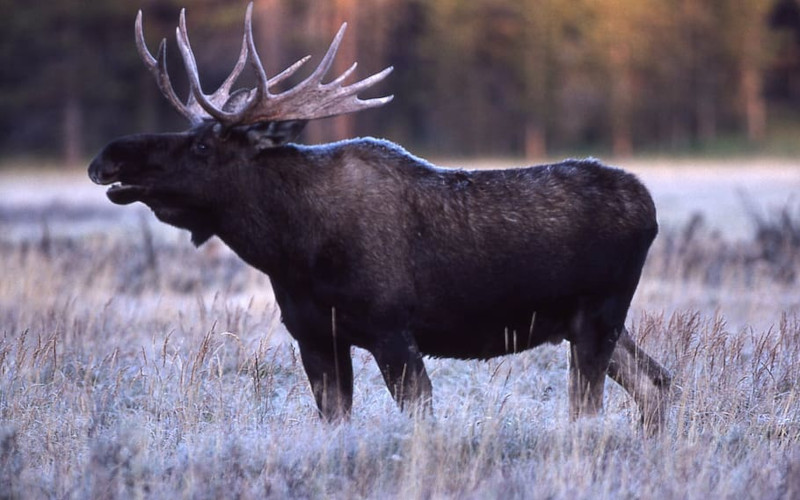
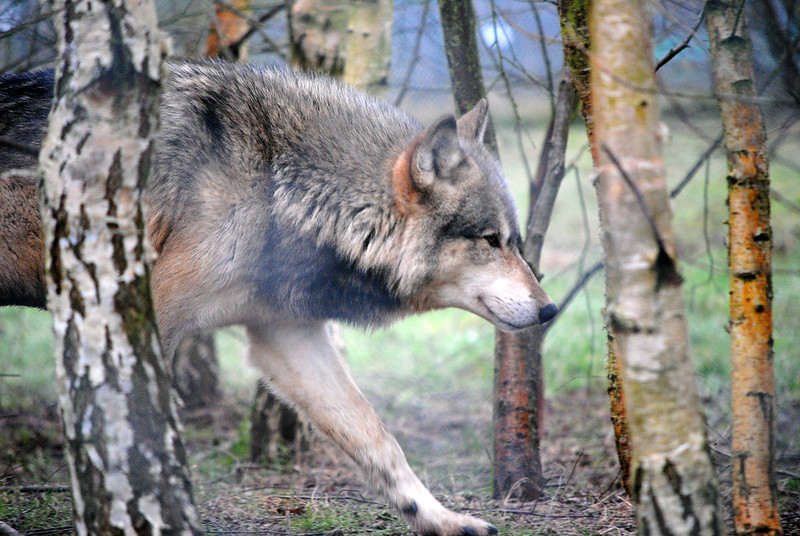
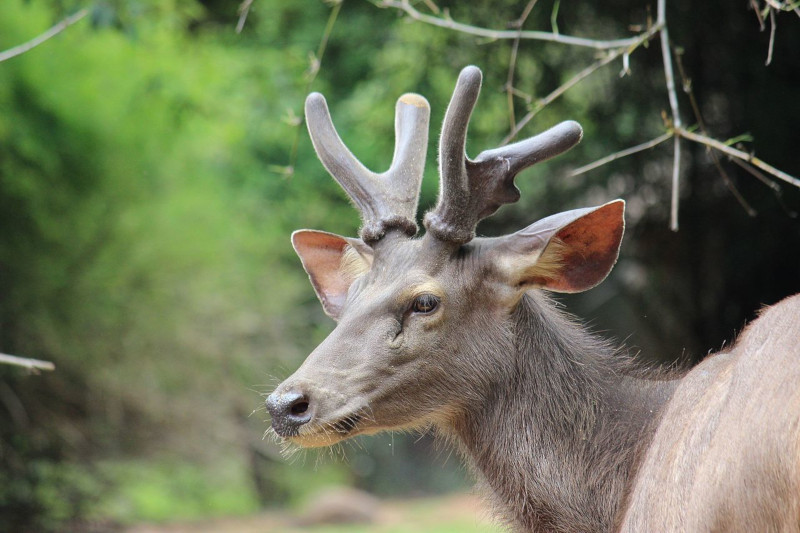
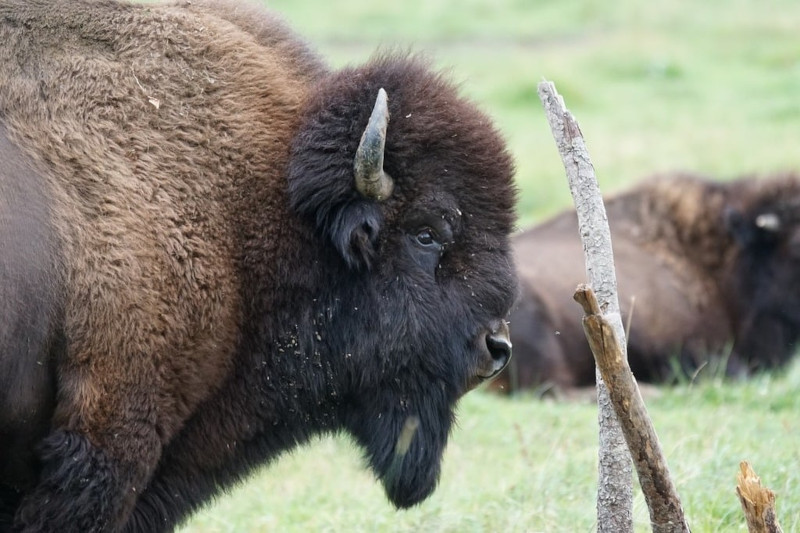
Wisent Physical Description
The wondrous Wisent instantly captures the attention and appreciation of those individuals fortunate enough to view one of these wonders. Unlike some creatures, however, it doesn’t solely do so due to its visual appeal. That’s true since it’s also an extremely large species of bovine.
Following a pattern common to most mammals, thhis behemoth displays a certain degree of the physiological trait of sexual dimorphism. In its case, though, this characteristic manifests itself purely in terms of sheer size. When it comes to appearance, the genders appear the same.
Males of the species typically attain greater average measurements in both length and weight. They generally range in body length from 9.2 – 10.8 ft (2.8 – 3.3 m). In height it averages 5.9 – 6.9 ft (1.8 – 2.1 m) at the shoulder. A mean body mass ranges from 1,356 – 2,028 lb (615 – 920 kg).
Females, though, achieve markedly smaller measurements. For them, 7.9 – 9.5 ft (2.4 – 2.9 m) represents an average length of body. Meanwhile, their own shoulder height usually ranges from 5.5 – 6.5 ft (1.69 – 1.97 m). They reach a mean weight ranging from 935 – 1,396 lb (424 – 633 kg).
Exceptional specimens of this wonder nevertheless do sometimes occur, as well. Yet, when these do, even they rarely exceed these measurements by much. In the past, though, many grew far larger. In fact, records exist of scattered male individuals sometimes reaching 4,200 lb (1,900 kg)!
Otherwise, both sexes of the amazing Wisent present the same overall appearance to the observer, except for sexual organs, of course. Generally, the fur of the animal develops as quite thick. It also displays varying shades of dark brown. This also usually grows longer on the front of the body.
The astonishing mammal additionally develops comparatively thick horns. Unlike some related species around the world, though, male and females alike produce these intriguing features. Each attains a length of around 2 ft (0.6 m), and shows a curved shape and deep black color.
- Kingdom: Animalia
- Phylum: Chordata
- Class: Mammalia
- Order: Artiodactyla
- Family: Bovidae
- Genus: Bison
- Species: B. bonasus
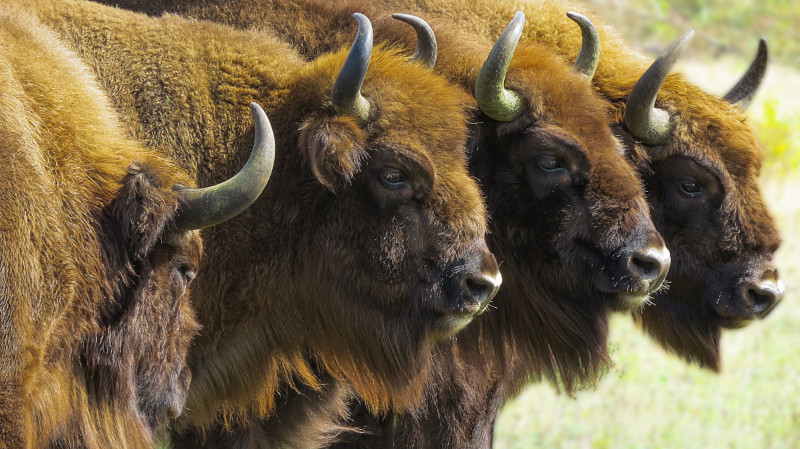
Wisent Distribution, Habitat, and Ecology
The understandably attention-grabbing Wisent evolved as native to a relatively large expanse of the surface of the earth. That zone of habitation originally extended as far west as France, in Europe, to as far east as the portion of Russia in Asia. Now, though, it only lives in a tiny part of that.
Following its being hunted to extintion in the wild, captive breeding programs released small numbers back into the wild in several countries. Those consisted of Lithuania, Poland, Russia, Belarus, Slovakia, and Ukraine. It’s unknown if the bovine moved beyond that on its own.
The magnificent mammal flourished until the intervention of man, partly due to its nature. That’s true since it developed a moderate degree of flexibility regarding its choice of habitat. It mainly inhabits areas formed of deciduous or mixed forests. Yet, it also often appears in meadows.
The largest single known grouping of the remarkable creature today currently resides within the confines of the beautiful Białowieża Forest. Straddling the borders of the nations of Poland and Belarus, it currently serves as home to an estimated 800 specimens of this true marvel of Nature.
The amazing Wisent also evolved to live as a herd animal, like many of its relatives. Herd size depends largely on local environmental factors, but averages 8 – 13 specimens. Despite the small numbers, most herds do not function as family units, but more like very loose associations.
This wondrous animal also feeds entirely as a herbivore, just like other bovines. The majority of its diet consists of various locally available grasses. Yet, leaves and shoots frequently augment this in smaller quantities. It also consumes these in vast amounts, up to as much as 71 lb (32 kg) per day.
Given its impressive size, this product of evolution possesses few natural predators itself today. As recently as the 19th century, however, a few animals managed the feat on occasion. These consisted of bears, tigers, lion, and wolves. These typically preyed on the old, sick, or young, though.
Species Sharing Its Range
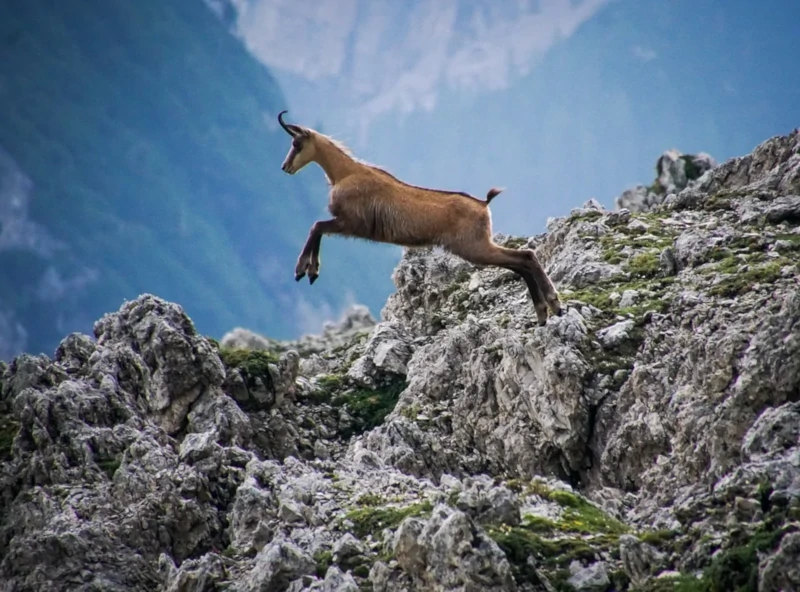
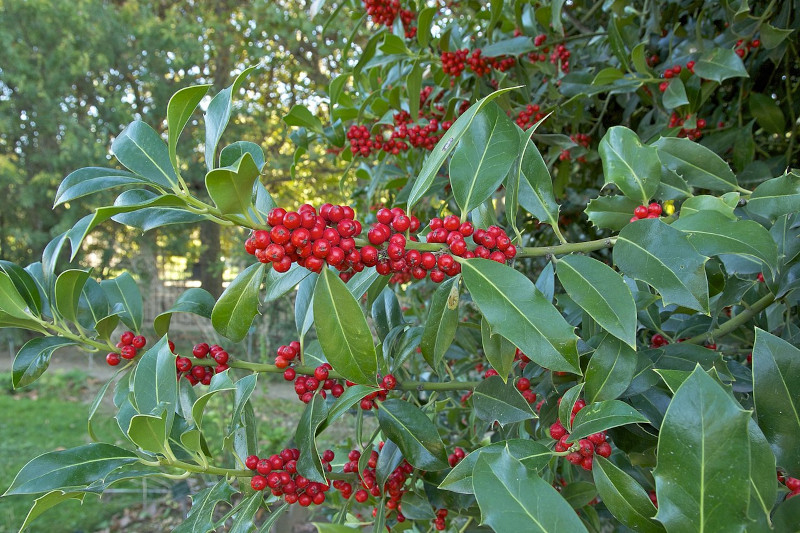
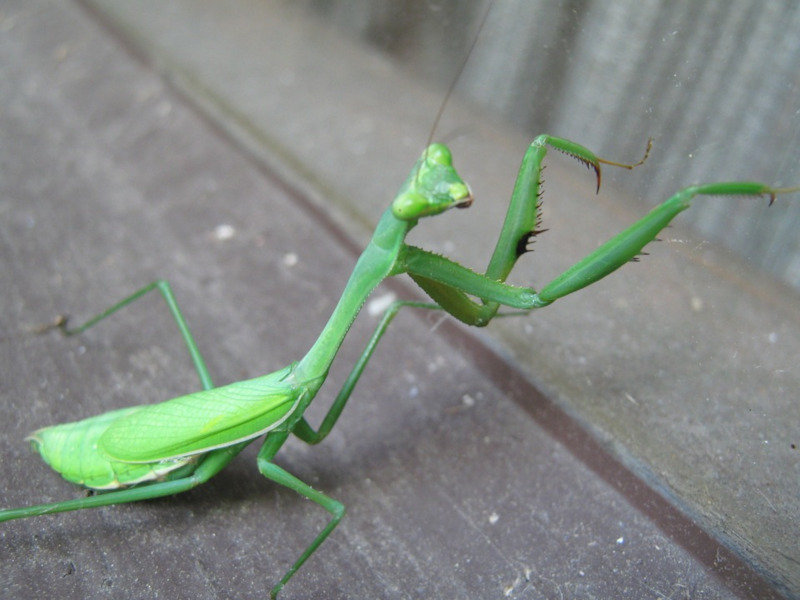
European Mantis
Check out our other articles on 5 Terrific United States Trees, Southern Darwin’s Frog, Great Barrier Reef, Wolf Eel, Coral Honeysuckle, Scarce Swallowtail, Indian Vulture, Jamaican Iguana
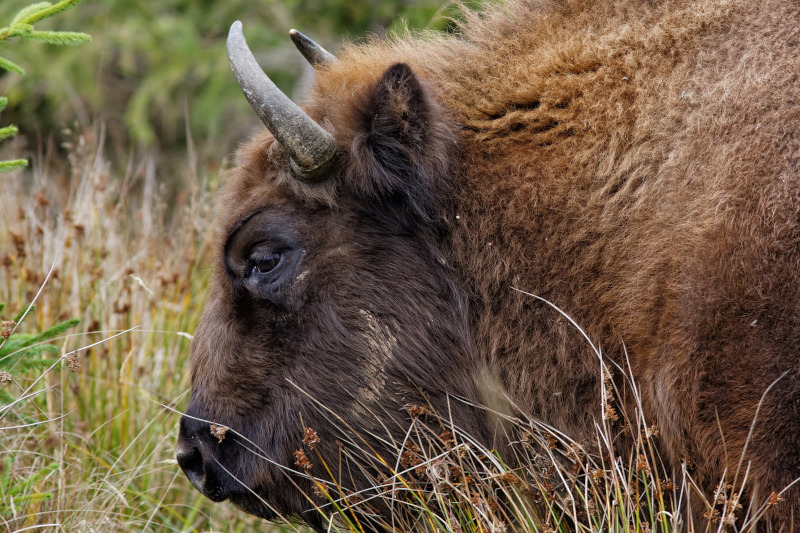









Leave a Reply